Treasured Lands Second Edition – An Inside Look
10 Comments
The second edition of Treasured Lands has just been released (order your copy here). That it was the fourth printing in three years shows that the book was successful enough to just reprint without changes. Nevertheless, with each new printing, I had been trying to improve the book. Changes in the second and third printing were small and maintained the page count. With the fourth printing, the sum of them became significant enough to warrant calling it a second edition rather than just a fourth printing, with a new ISBN number. This post summarises the differences while giving at the same time a broad overview of the production process.
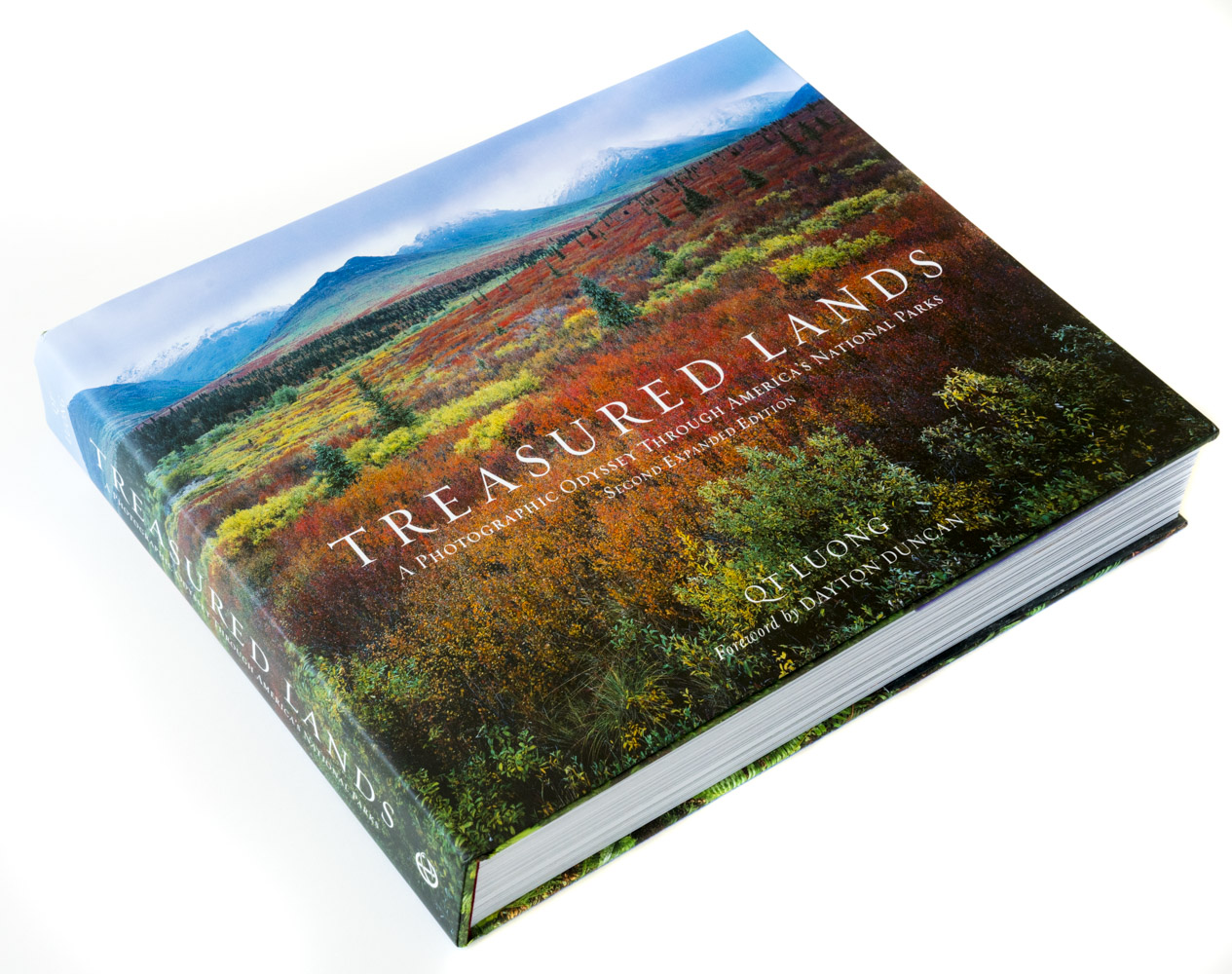
Two new national parks
Treasured Lands first publication was timed for the 100th anniversary of the National Park Service in the summer of 2016. Since then, two additional parks have been designated: Gateway Arch National Park in February 2018, and Indiana Dunes National Park in February 2019.Because they are the newest additions, even though they are among the smallest national parks, I have dedicated four spreads (8 pages) to each of them. Inserting a single page entails changing the multiple references by page numbers for each subsequent page in the book, including in the index, which alone has more than 2,000 lines. At least that wasn’t an issue when I changed the back cover to an image of our latest national park. As of this writing, Treasured Lands is the only photography book to include all 61 U.S. national parks.
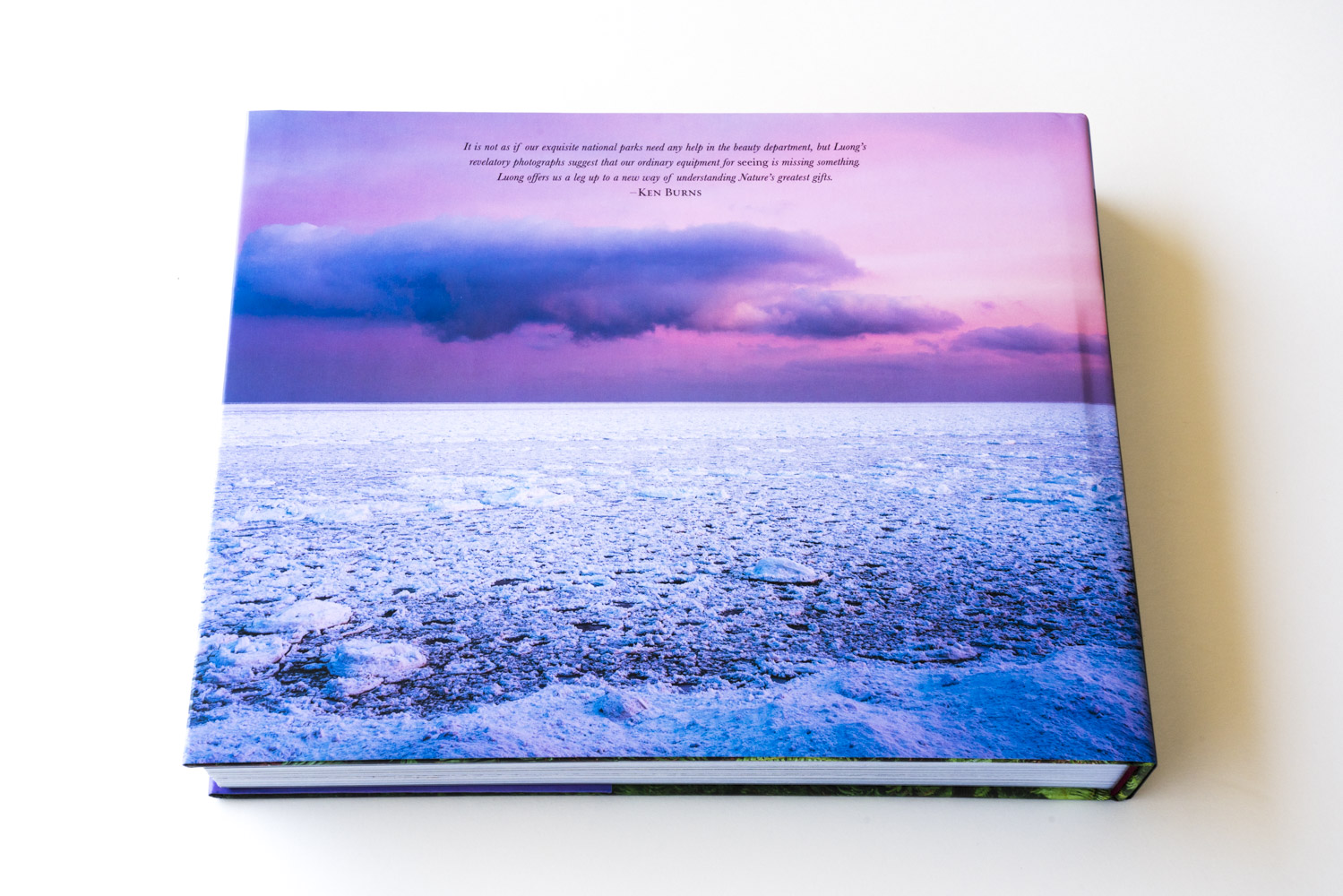
Additional locations and photos
I felt that the first edition was a bit unbalanced towards the West Coast – since I live there, I know those parks better. The addition of the two new national parks helped restored the balance. In addition, I have also inserted a new two-page spread for four other midwestern and eastern national parks:- Voyageurs National Park
- Isle Royale National Park
- Shenandoah National Park
- Great Smoky Mountains National Park
More changes
A number of changes and additions were also made within existing pages, bringing the number of new locations described to 28. I’ll highlight a few of those changes since they would be more easily missed than page additions.For Cuyahoga Valley National Park, I added one waterfall location, and illustrated it by swapping the top left image in the main spread. This caused the bottom left image on the same spread to feel out of place, so I swapped it as well. I gave one of the replaced images its own page on the information spread, where the larger reproduction size made it possible to appreciate its texture better – this necessitated a change in aspect ratio. The initial page had an interesting backlight theme, yet I think the new spread is more harmonious.
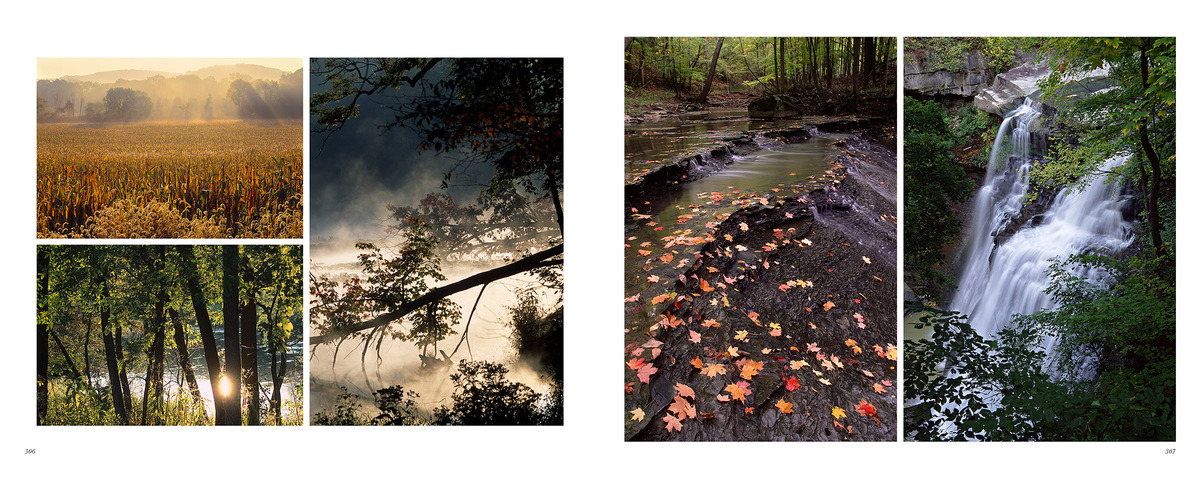
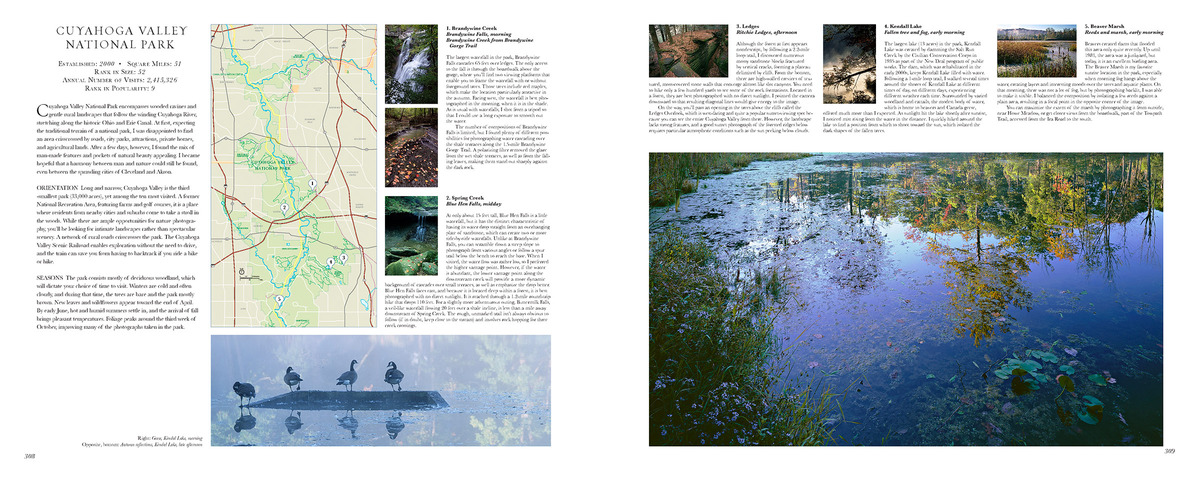
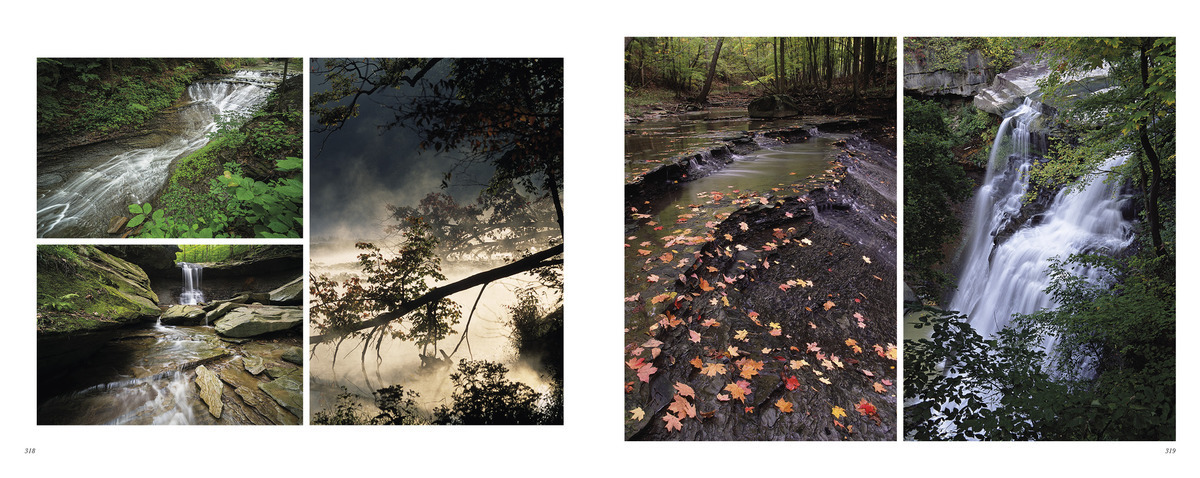
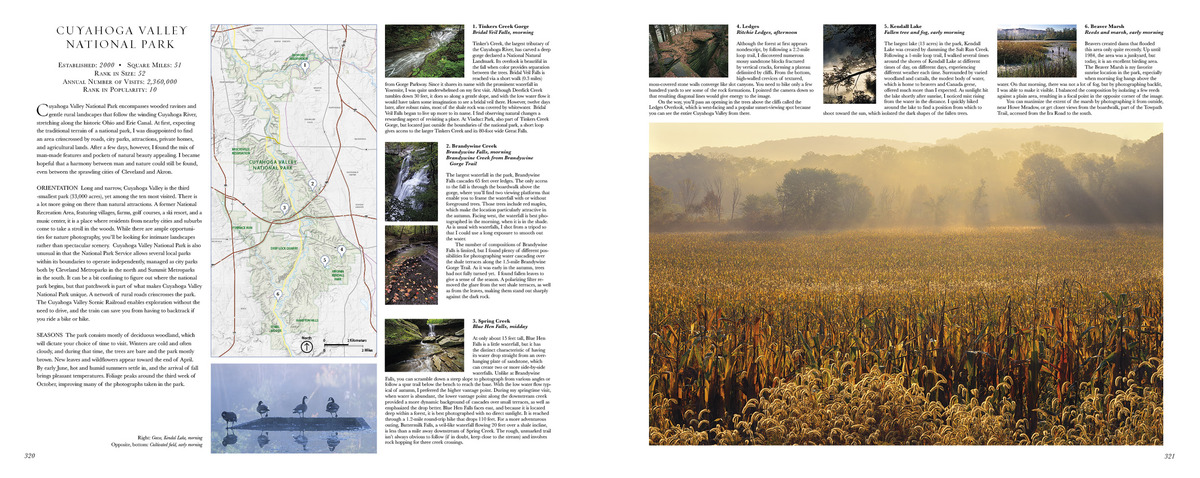
For Joshua Tree National Park, I described an existing location in more detail, adding a thumbnail for illustration. Several other changes were to the text only, in order to make the information more accurate and up to date. Treasured Lands at first appeals because of the photography, but the book contains more than 140,000 words, the equivalent of a 400-page paperback. In January, I conducted an online survey of readers, and was surprised that most of the respondents had read more than 50% of the book’s writing.
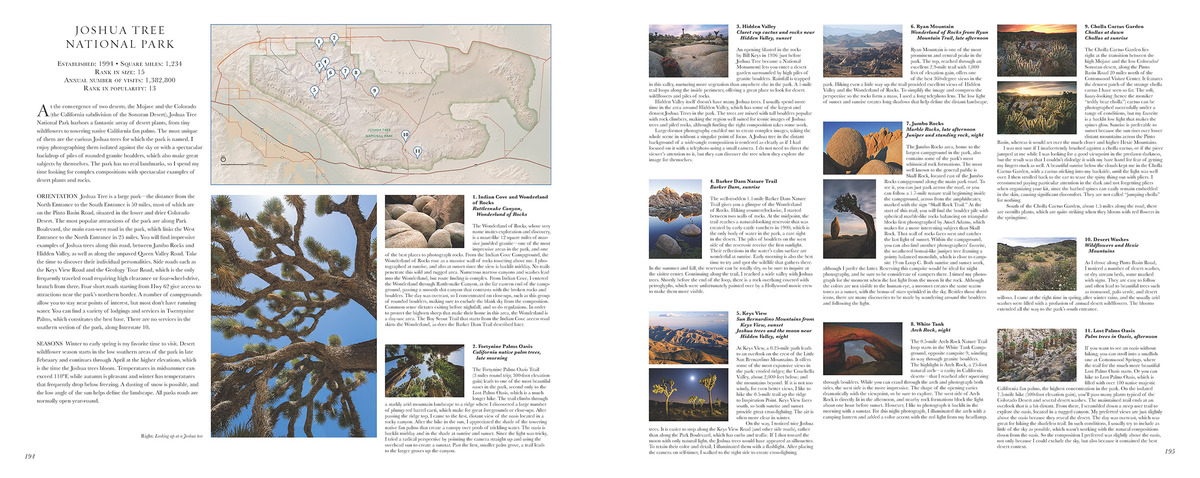
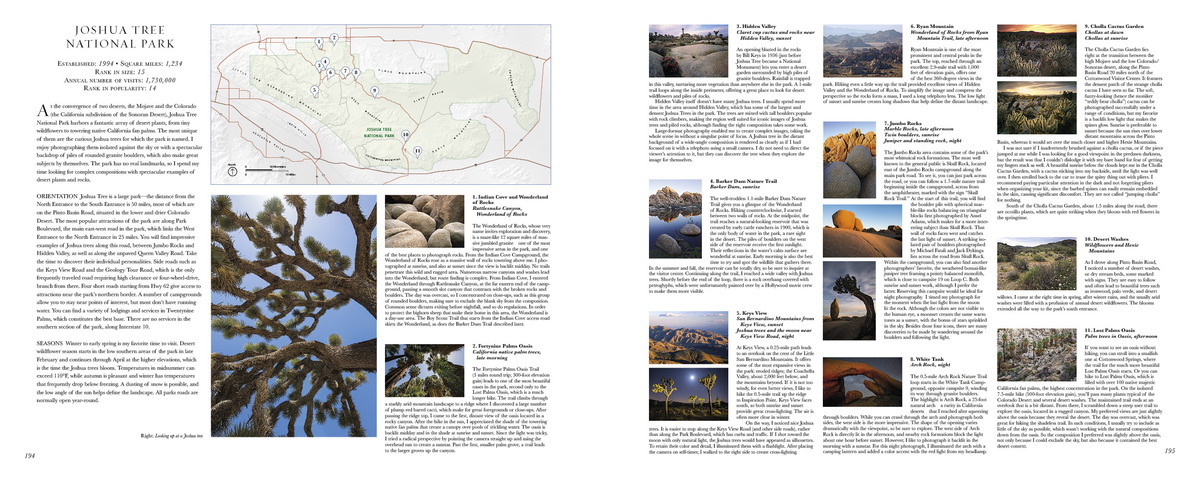
Conversely, there are places where I replaced images to improve the design of spreads with minimal text change, such as for the Mesa Verde National Park spread. When you just have one image per spread, like in many art books, you have to worry only about sequencing, but multiple images in a spread are more demanding, since you have to make sure they work well together.
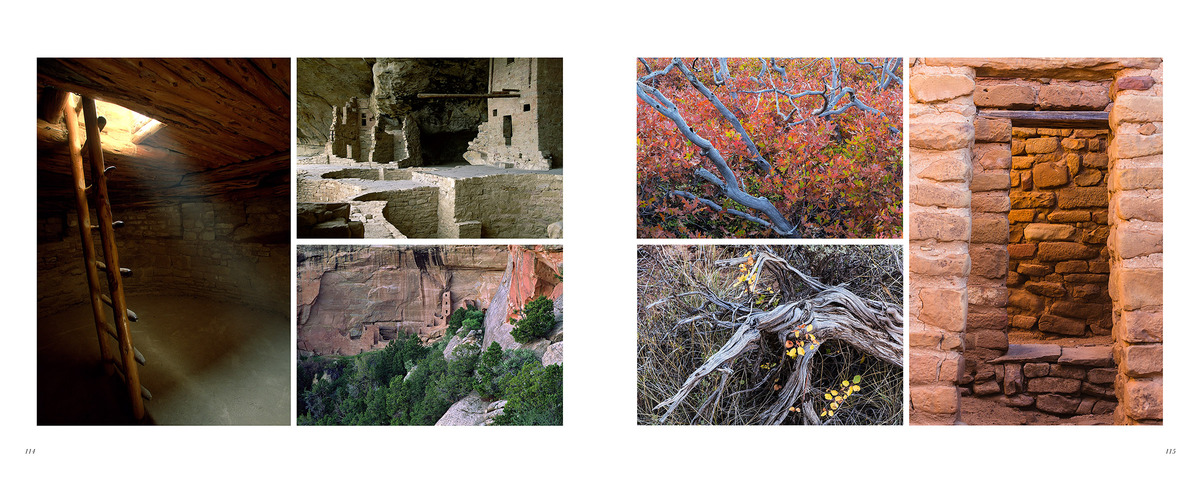
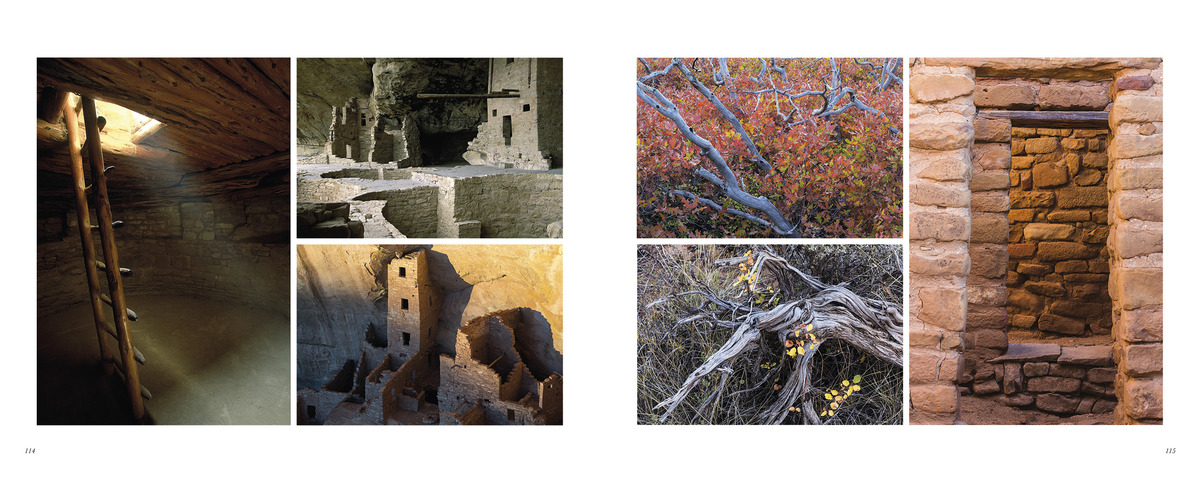
Maps revised
One of the elements that sets Treasured Lands apart from other books is the maps. Some of the few criticisms of the first edition concerned them. An Amazon customer mentioned that they were “not graphically consistent across all Parks”, and David Leland Hyde found them “a bit hard to read due to their tiny type font”. For this edition, I revised each of the maps to address both concerns. Suffices to say for now that this was a complicated process. It is not possible to see the fonts on such small images, but you can readily see in the previous section some of the changes in color scheme.
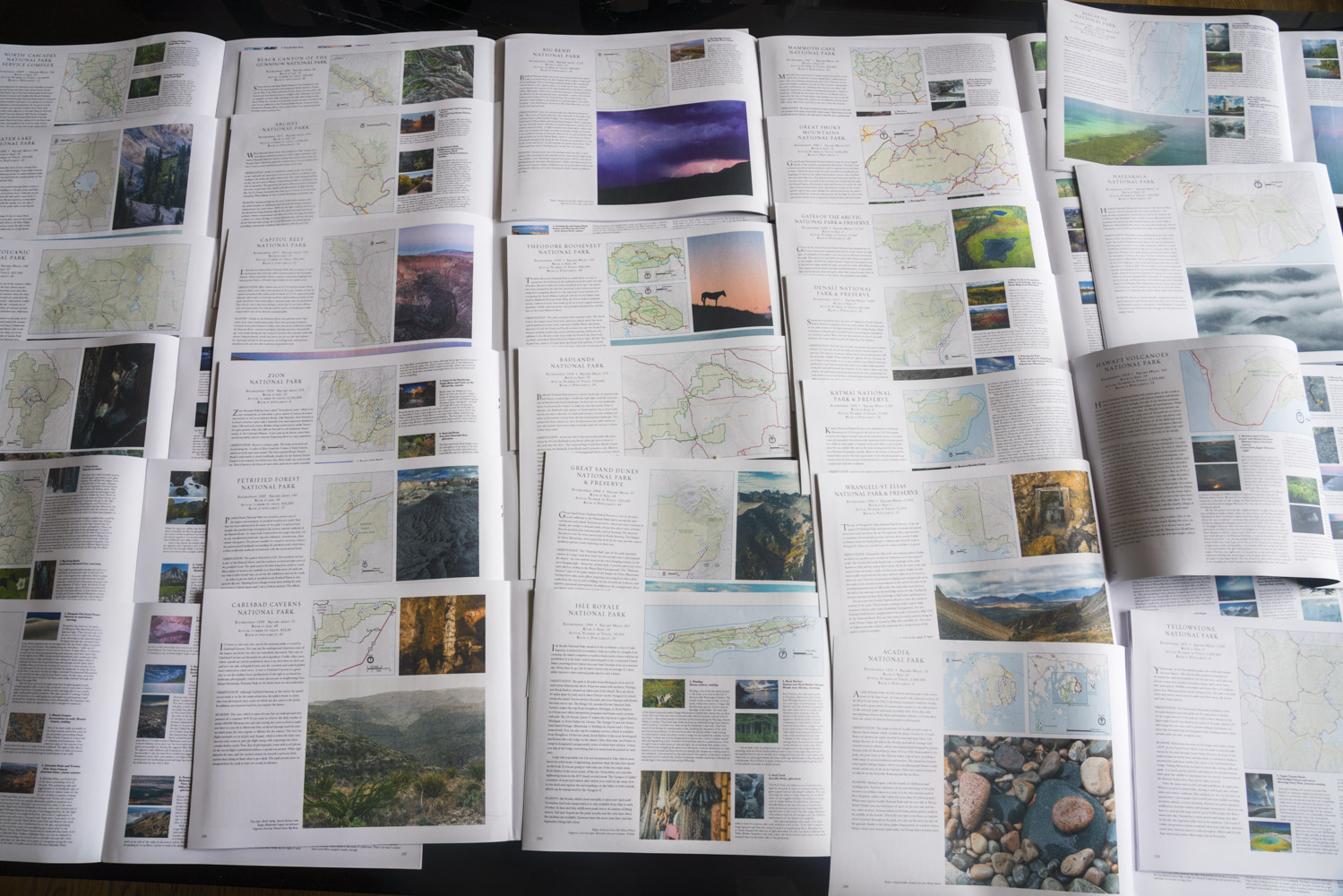
The image above shows a set of printer “bluelines”. They are a photocopy-quality (as opposed to reproduction quality) mock-up of all of the pages that allow for checking contents in printed form, and I laid out them together visualize the consistency of the maps across the different parks.
Color revised
The previous printings were high quality, but there was still some room for improvement – heard that before? I re-processed individually each image in the book. The details about RGB to CMYK conversions are the subject of another article that you will want to read if you are making fine art prints. For now, let’s look at an overview of the process. Once the bluelines have been approved, the printer sent me a set of digital proofs, one for each page in the book. Those are inkjet prints that simulate precisely what the press output would look like. I used for reference a previous printing of the book, as well as prints made on my Epson 9800. I marked the corrections to be made on each relevant page, and sent the set back to the printer. Click on image to enlarge and see if you would have agreed with my correction.The printer sent me a second set of proofs for the pages where I had requested corrections. Although express Trans-Pacific shipping isn’t cheap and the printer charges for proofs, it is easy to go overboard on this process and do multiple iterations. Fortunately, with the delay caused by the inclusion of Indiana Dunes National Park, there was time pressure, so I limited myself to two rounds. After the final proofs were returned, they would be used as a reference by the pressmen to match the output of the printing press. Click on image to enlarge and see if you can spot the differences.
The subtle hues of the dawn light in Glacier Bay are challenging to print. Here is a comparison between two of the previous printings of Treasured Lands, the reference inkjet print, and a proof for the second edition. Aren’t you surprised by the variations between all the printings? Click on image to enlarge and see if the corrections in the second edition go towards better color accuracy.
A new publisher
At this point, you may wonder why I had been doing all this complicated design and production work, instead of the publisher. The answer is that to release this edition, I established my own publishing company, unsurprisingly named Terra Galleria Press, accompanied by new printing and distribution agreements.
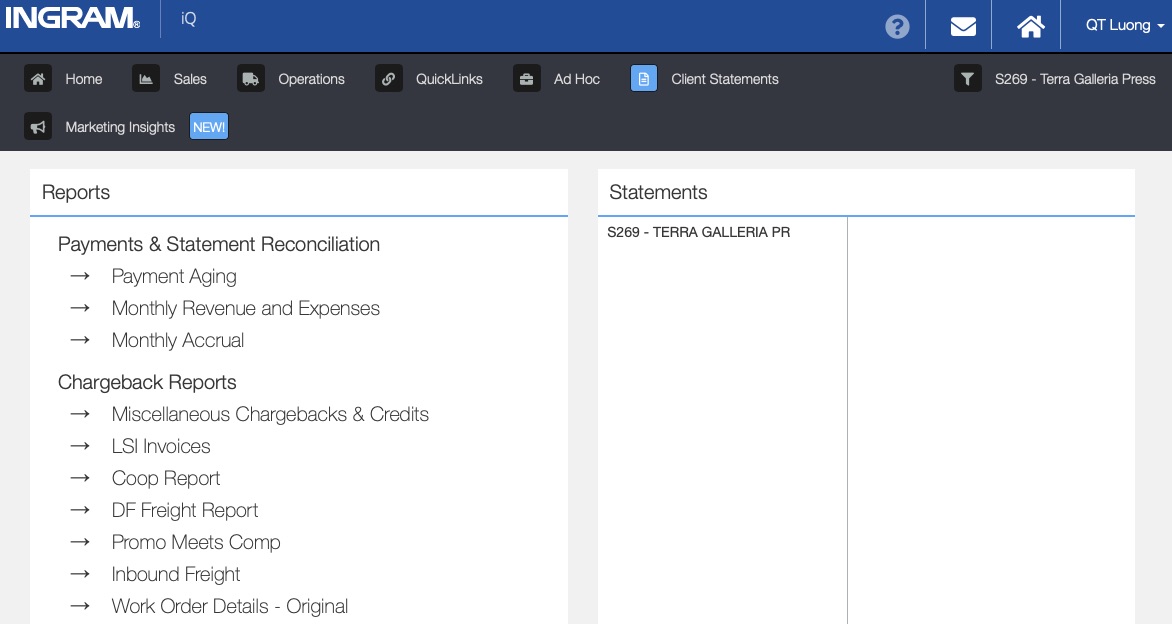
Because of my previous particular “hybrid publishing” agreement with the excellent local boutique publisher Cameron+Company, I had considerable control, at the cost of a high investment. The resulting royalty share made it possible to offer the book for a relatively low price (for what you get). However, in the past, for each change, I had to instruct an editor, sometimes wait for a designer to get involved, while they were understandably busy on other projects. Communications with the printer and distributor also had to be relayed. By taking charge of the production, I was able to act more efficiently. This enabled me to stop the printing and add a new national park chapter in less than two weeks. I also suspect the publishing team’s patience would have been taxed by my numerous incremental revisions and the resulting back-and-forth.
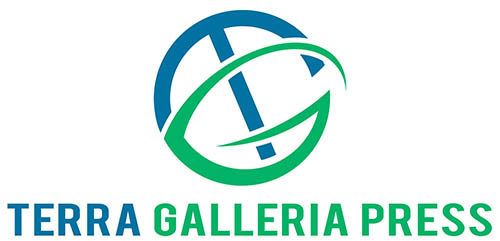
Since I believe that more than ever, this book should be on every table, with one middleman out, I was able to keep the retail price the same $65 despite the rise in production costs and this insistence of my publishing consultant that it was a $80 book. However, taking total charge of the publishing means that even more so, the investment and risk fall squarely on me, while I am the tiniest of publishers. As a consequence, I depend more than ever on readers to pass the word around. I would be grateful for your help.
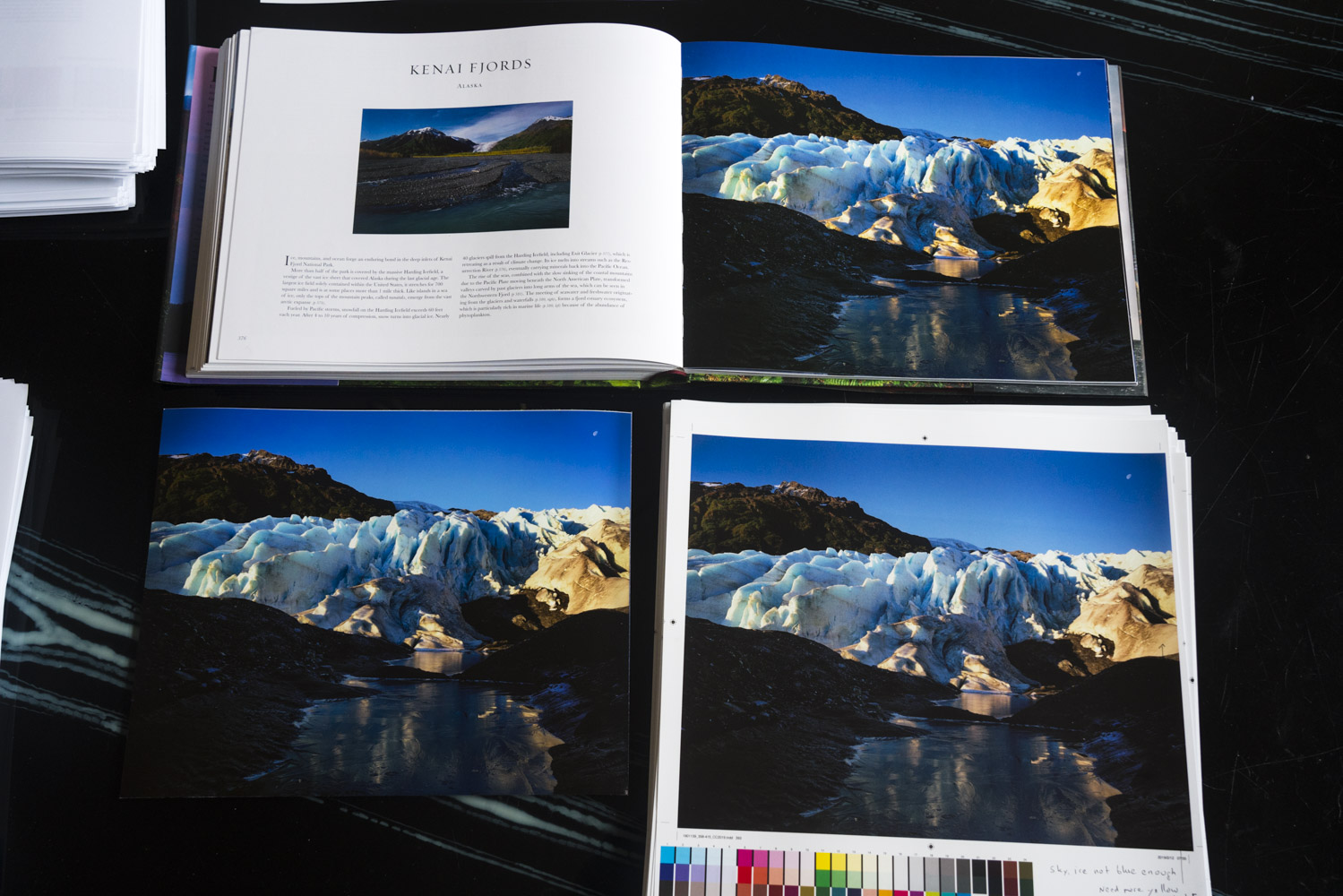
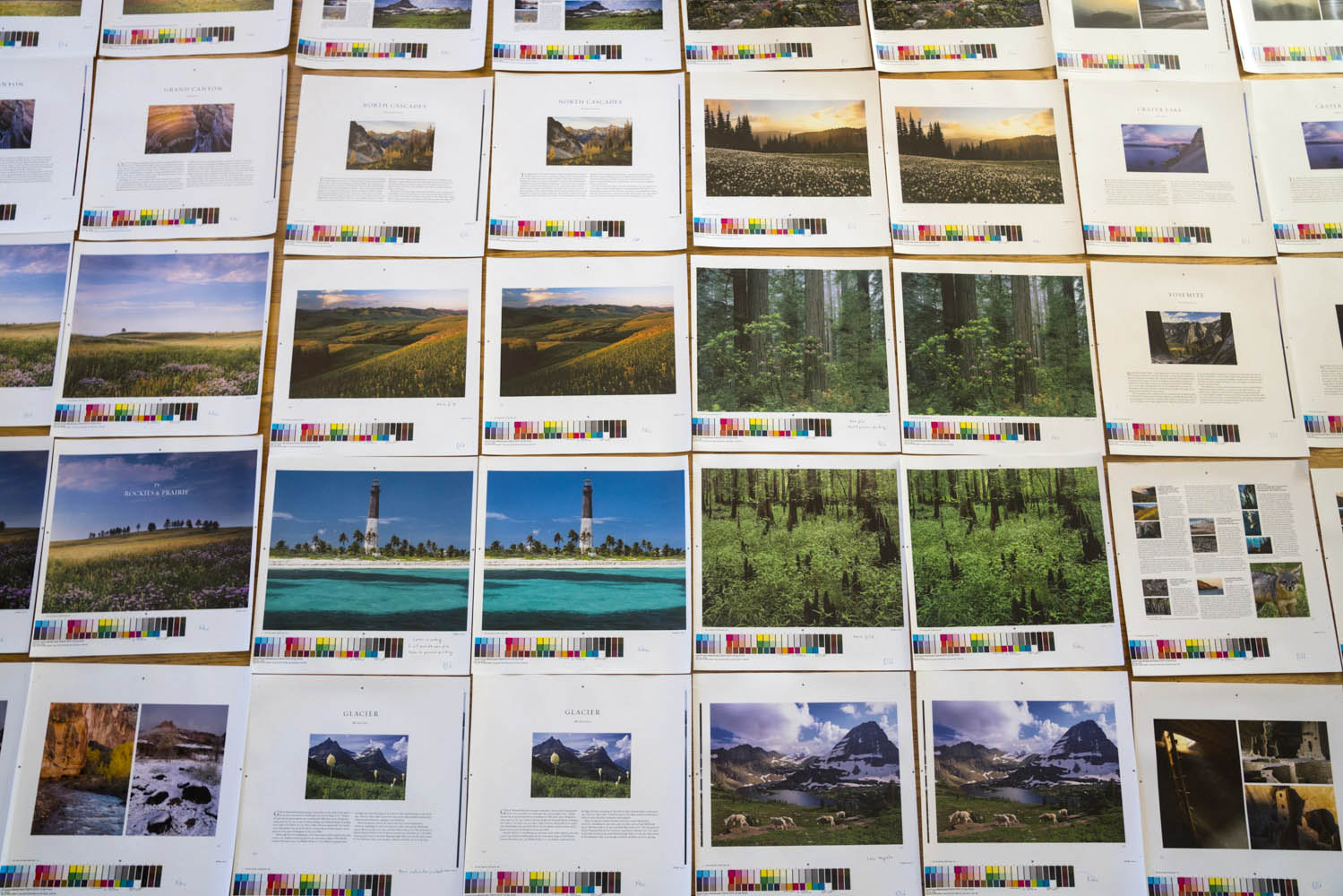
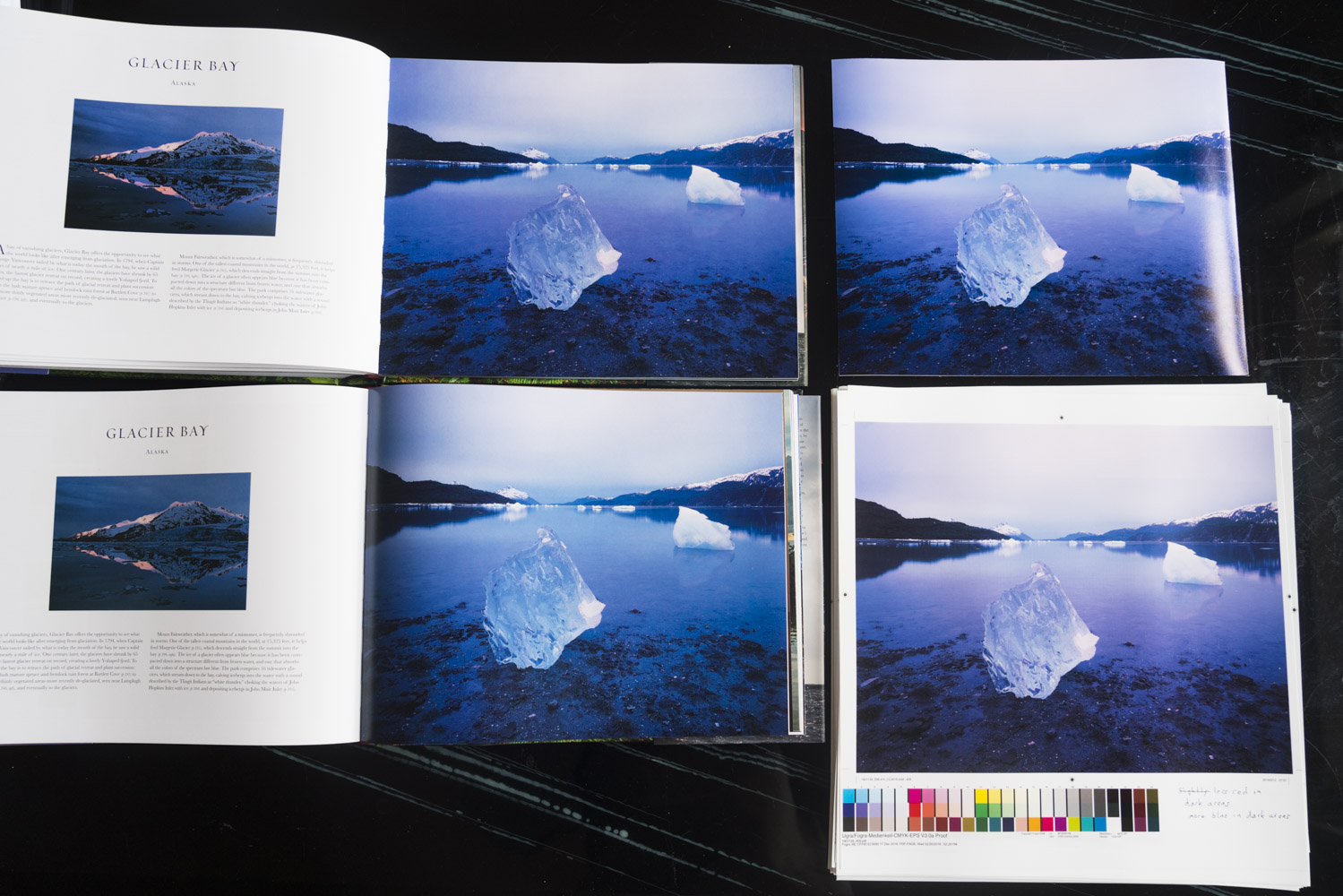


Hi Mr. Luong,
I enjoy your book and it has been a great help for my visits to many national parks. For those who bought the first edition, are you considering any discount if they decide to buy the new edition?
Thanks.
Jerry
I hadn’t thought about that, because the vast majority of books are bought through retailers such as Amazon, where I have no control over discounts. But I will think about your idea, and try to see how I can offer some kind of discount for customers who order directly from me.
Yes, I echo Jerry’s question with possibility of a signed copy too. I think you have done a great job and set a new “standard” for coffee table books. Seems like everyone is doing ebooks nowadays so it is nice to see a hard copy for a change. Thank you for all your work!
I thought more about Jerry’s idea, and I think indeed I should reward supporters who show such a level of commitment as keeping up with what is honestly a relatively small upgrade. So when I receive 2nd edition copies to sell, I will offer a discount on signed copies to anybody who has the 1st edition – regardless of provenance.
Great idea to take it over yourself and good, diligent work, QT.
Taking charge of the entire publishing process was a lot more time consuming than I expected, but I hope you are right that in the long run it will be better. For now, it made me appreciate the previous publisher’s work!
When I purchased your first edition I looked forward to it’s receipt with eager anticipation. I was not disappointed and it occupies a special reserved place on my bookshelf with the other legacy books I wish to pass on to my children and grandchildren. Is it possible to get a signed second edition as the first? Thank you.
Thank you for the kind words and your interest in the second edition. I am curious which one would you consider the legacy book: 1st edition (because… it is the 1st edition) or the (slightly) more refined and complete 2nd edition? I have not received 2nd edition copies to sell yet, but when I do so I’ll offer signed copies and TreasuredLandsBook.com.
I think they (will) both offer a beautiful, artistic, portrayal of the best of our landscapes – and a graphic documentation of continuing progress in protecting precious land & seascapes by dedicated people. Perhaps, and hopefully, there will be new additions to the “collection” in the future. It would be grand if you applied your artistic eye to undertaking a similar monumental project for our national monuments.
There are about 130 national monuments, so that would be quite the long term project, but as you can see on the blog, I’ve been visiting quite a few…